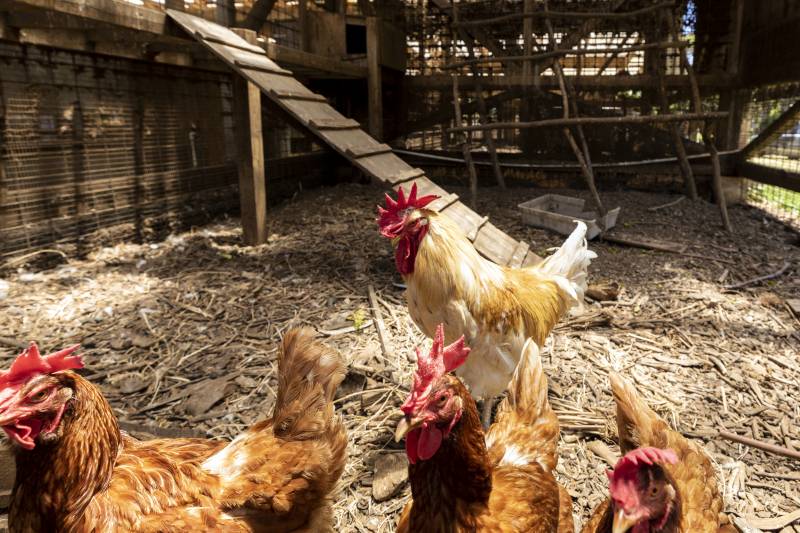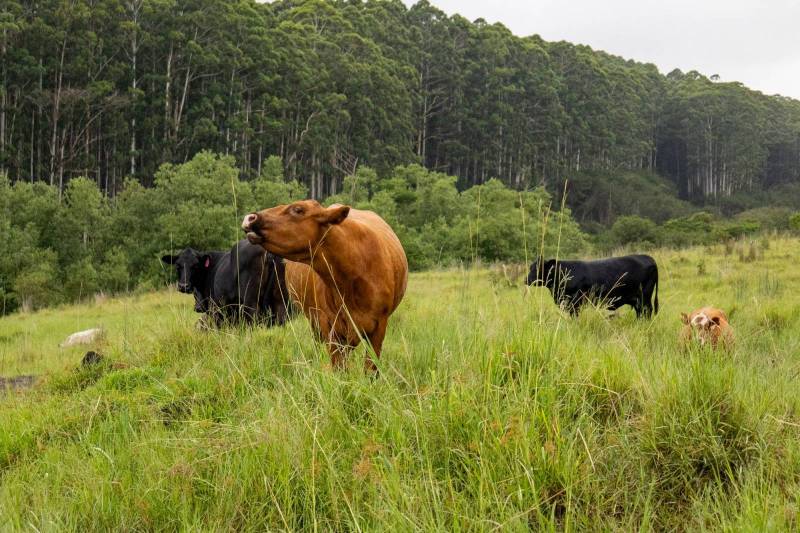Big Island Property Tax on Agricultural Properties – Major Changes Ahead
For those of you who read my post about the Hawaiʻi Supreme Court ruling upholding the Stateʻs prohibition of short term rentals on agricultural land, I promised at the end of it to write about upcoming changes to the property taxes for properties zoned for agriculture in Hawaiʻi County (the Big Island).
In 2023 the Hawaiʻi County Council passed changes to the property tax regime that were intended to prevent “gentleman farmers” without genuine agricultural production from getting the significant property tax benefits available through the dedicated or non-dedicated agriculture use programs. It would no longer be good enough to plant a few papayas and bananas for your breakfast and lime trees for your cocktails — or put a couple of sheep or goats in your pasture.
There was both good news and bad news for most owners of agriculture-zoned properties. Here is a summary — at least as things stand in October 2024.

Confined animals, aquaculture and bee-keeping is one agricultural category (formerly included under Intensive Ag) in the new property tax assessment scheme for agricultural properties.
The Good News: Agricultural Use Benefits and Homeowners Exemption
Thanks to the macadamia nut orchards on my property, I have been getting agricultural use benefits on my property taxes under the non-dedicated agricultural use program. The tradeoff to having a low assessed value on the acreage in orchard is that my primary residence did not qualify for a homeowner exemption. Owners had to choose one or the other. That peculiarity was changed in the 2023 ordinance. I actually saw a lower property tax bill this year as a result.
The notice I received from the Hawaiʻi County Property Tax Administrator was careful to point out that certain agricultural properties would not qualify for the homeowner exemption. Those include (1) properties having a hosted or non-hosted rentals of less than 180 days on site; (2) detached structures rented long term (but some can qualify under the affordable rental program for reduced tax rates); (3) agricultural-zoned property where active and continuous agricultural use cannot be demonstrated.

A herd of free range Red and Black Angus cattle would qualify the landowner for the Pasture and Grazing rates in the new County of Hawaii Ag Programs
The Bad News: More Stringent Requirements to Apply for Agricultural Use Property Tax Benefits
In the past there were only two programs: Non Dedicated Ag (NDA) which required an annual submission; and Dedicated Ag which was a multi-year commitment with the possibility of rollback taxes being due if you stopped doing agriculture or sold the property and the new owner did not continue.
In the new scheme, under which applications are now open, there are three Hawaii County property tax agricultural program options. The old Non Dedicated program is being phased out, although for those of us in it we essentially have a grace period as we transition to one of the new options.
Let me first explain the short term (3 year) dedicated agricultural program and the long term (10 year) dedicated agricultural program, which are the two most taxpayers will fall under.
- Both programs require the landowner submit verifying evidence of agricultural activity. Acceptable options include a farm plan (template available from the Hawaiʻi County Property Tax Office), NRCS plan, or USDA organic certification or food safety certification documents. Recognizing that some agricultural activities will not show income for several years, another acceptable proof is a minimum of $10,000 in receipts for investments in the agricultural production (e.g. fencing, tree stock for planting, livestock). For the long term program, and agricultural conservation easement is also sufficient evidence.
- Each of the agricultural categories has an assigned value/acre, which is intended to be significantly less than market value, thus providing the property tax break. The value/acre for the long term dedicated program is 50% of the valuation assigned under the short term dedicated program. For example, fruit or nut tree orchards would be valued at $3,000/acre under the short term program, $1,500/acre under the long term program.
How does this work in practice? The County currently has the assessed value of my propertyʻs land as about $480,000 and a dedicated use value of approximately $25,000, similar to the value that would be assessed under the 3-year dedication. I could cut that in half by applying for the 10-year program.
There is a third category with a confusing name “Community Food Sustainability.” That sounds like it should mean something like a farm with production too small to be commercially viable but the owners donate produce to a community food bank. What it really means is if you have property on the east side of the Big Island where the dedicated use value is GREATER than your market value, this is the program you apply under. Community Food Sustainability program sets assessed values at 30% of the market value. It would not make sense for properties like mine, as I would actually see my tax liability increase by a factor of 6! And by the way, you still have to provide one of the documents listed above.
For more information, here are links to the County of Hawaii Real Property Tax Office website:
Letʻs grow some food!

 How to Lower Your Property Tax on the Big Island: A Guide for Homeowners
How to Lower Your Property Tax on the Big Island: A Guide for Homeowners
Leave your opinion here. Please be nice. Your Email address will be kept private, this form is secure and we never spam you.